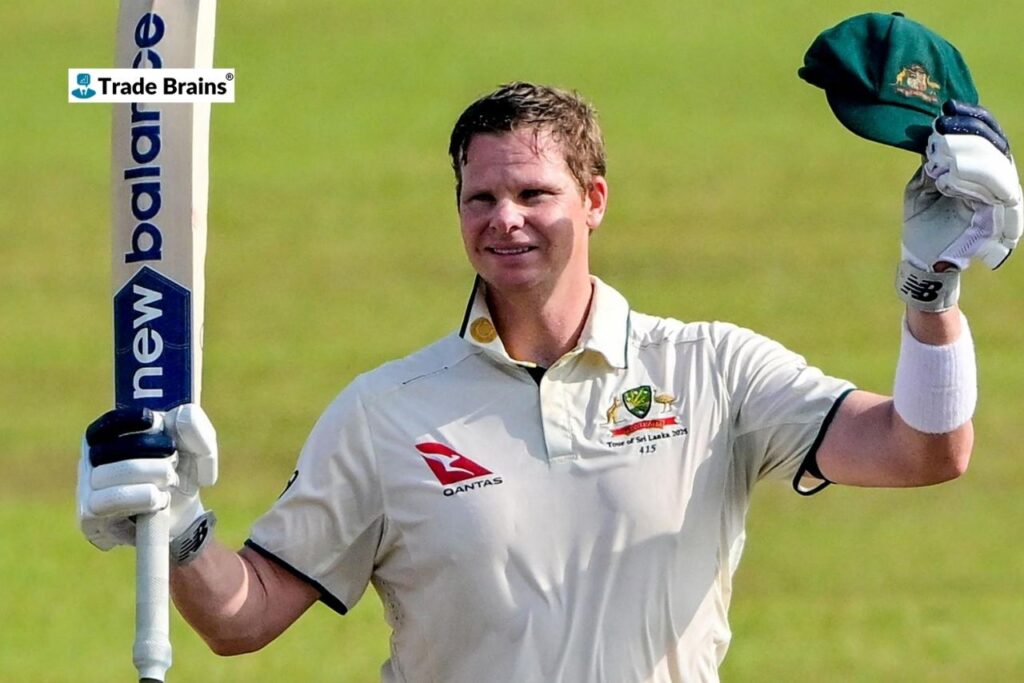Over the years, cricket has seen many legendary players who thrilled fans with their talent and performances. However, not all stories have happy endings. Some of the biggest names in world cricket have faced suspensions or bans at some point in their careers. These bans were often the result of serious offences such as match-fixing, spot-fixing, ball-tampering, doping violations, or breaking anti-corruption codes.
While some players were able to return and rebuild their careers, others saw their reputations damaged forever. This article takes a closer look at 10 famous cricketers who faced bans from the game.
10. Heath Streak (Zimbabwe)

- Ban: 8 years
- Offence: Breaching ICC’s anti-corruption code
Heath Streak, the former Zimbabwe captain and legendary fast bowler, was handed an eight-year ban in 2021. The ICC found that he had leaked team information to a corrupt person in exchange for gifts like bitcoins, jewellery etc. Though he didn’t fix matches, he failed to report approaches, which is against ICC rules.
9. Salman Butt (Pakistan)

- Ban: 10 years
- Offence: Spot-fixing scandal (2010)
Former Pakistan captain Salman Butt was at the center of the 2010 spot-fixing case during a Test against England at Lord’s. Along with teammates Mohammad Amir and Mohammad Asif, he was caught in a sting operation. They bowled deliberate no-balls in exchange for money from a bookmaker. He was banned for 10 years (5 suspended) and also served a short prison sentence in the UK.
8. Mohammad Asif (Pakistan)

- Ban: 7 years
- Offense: Spot-fixing scandal (2010)
Mohammad Asif was a highly talented fast bowler whose career was cut short by his involvement in the same spot-fixing scandal as Salman Butt. He bowled no-balls on purpose for money. Asif was handed a 7-year ban, with 2 years suspended, and also served a jail sentence in the UK. He has never returned to international cricket.
7. Marlon Samuels (West Indies)

- Ban: 6 years
- Reason: Corruption-related charges
In 2023, the ICC banned Marlon Samuels for six years for breaching anti-corruption rules during the 2019 Abu Dhabi T10 League. This included failing to report gifts and hospitality from a suspected bookmaker. Samuels had earlier been banned in 2008 for passing on team information during an ODI series in India.
6. S. Sreesanth (India)

- Ban: 7 years
- Offense: Spot-fixing in IPL 2013
Sreesanth, the fast bowler who played a key role in India’s 2007 T20 World Cup and 2011 World Cup wins, was handed a life ban by the BCCI for alleged spot-fixing during the 2013 IPL while playing for Rajasthan Royals. Though he was cleared of all charges in court, the ban was only lifted in 2019 after being reduced to 7 years.
5. Mohammad Amir (Pakistan)

- Ban: 5 years
- Offense: Spot-fixing scandal (2010)
Amir was just 18 when he was involved in the spot-fixing case along with Butt and Asif. He agreed to deliver planned no-balls in exchange for money. He was banned for 5 years and also served time in prison. Amir made a comeback in 2016 and even played in the 2017 Champions Trophy final, but retired early in 2020 due to issues with management. Later, he withdrew from international cricket ahead of the 2024 ICC Men’s T20 World Cup. Several months later, in December 2024, he formally announced his retirement from international cricket.
4. Shakib Al Hasan (Bangladesh)

- Ban: 2 years
- Offense: Failure to report corrupt approaches
Shakib Al Hasan, Bangladesh’s star all-rounder, was banned by the ICC for two years (with one year suspended) in 2019 for failing to report multiple corrupt approaches from bookmakers during the IPL and international matches. Though he didn’t take part in any fixing, not reporting the approaches was a serious offence. After serving his one-year ban, he returned to international cricket and continues to be a key player for Bangladesh.
3. David Warner (Australia)

- Ban: 1 year
- Offense: Ball-tampering scandal (2018)
During a Test match in South Africa in 2018, Warner was found guilty of being the main planner behind the ball-tampering incident. He instructed teammate Cameron Bancroft to use sandpaper to tamper with the ball. As a result, Warner was banned for one year and received a lifetime ban from holding any leadership role in Cricket Australia.
2. Steve Smith (Australia)

- Ban: 1 year
- Offense: Ball-tampering scandal (2018)
Steve Smith, who was Australia’s captain during the 2018 ball-tampering scandal, admitted he knew about the plan but failed to stop it. As a result, he was banned for one year and removed from captaincy, with an additional two-year leadership ban. After completing his suspension, Smith returned to the game and re-established himself as a vital member of the Australian team.
1. Shane Warne (Australia)

- Ban: 1 year
- Offense: breaching the board’s drug code (2003)
Legendary leg-spinner Shane Warne tested positive for a banned diuretic just ahead of the 2003 World Cup. He said his mother gave him the pill to improve his appearance, but the drug was considered a masking agent. Warne was banned for 1 year. Despite this, he returned strongly and ended his career as one of the greatest bowlers of all time.
Conclusion
These bans serve as reminders that no matter how big the name, cricket has rules that everyone must follow. While some of these players returned stronger, others couldn’t recover their careers. The sport still takes strong action to keep cricket honest and fair.
Written by Kinjal Walantra





